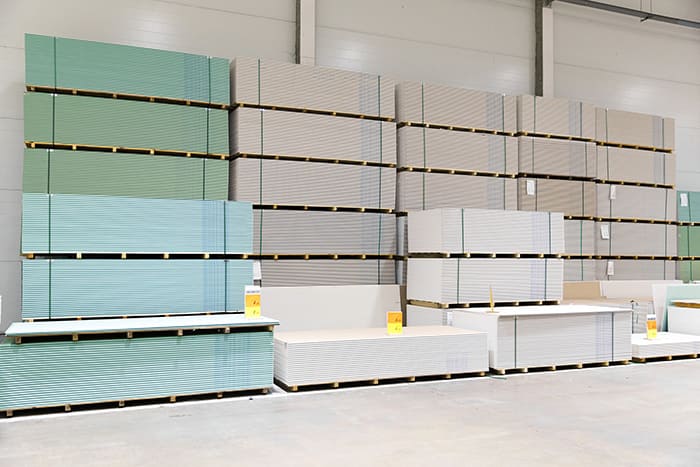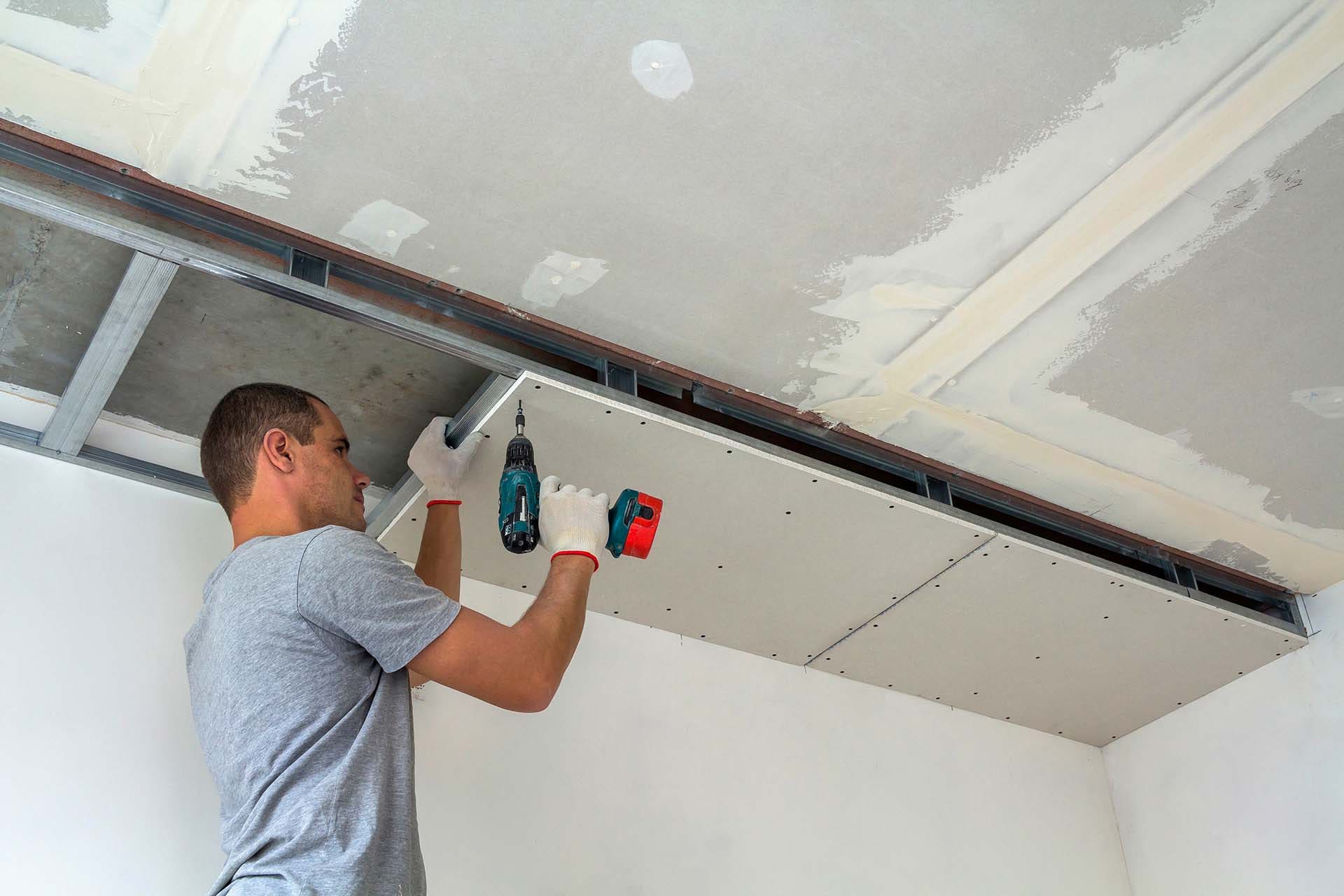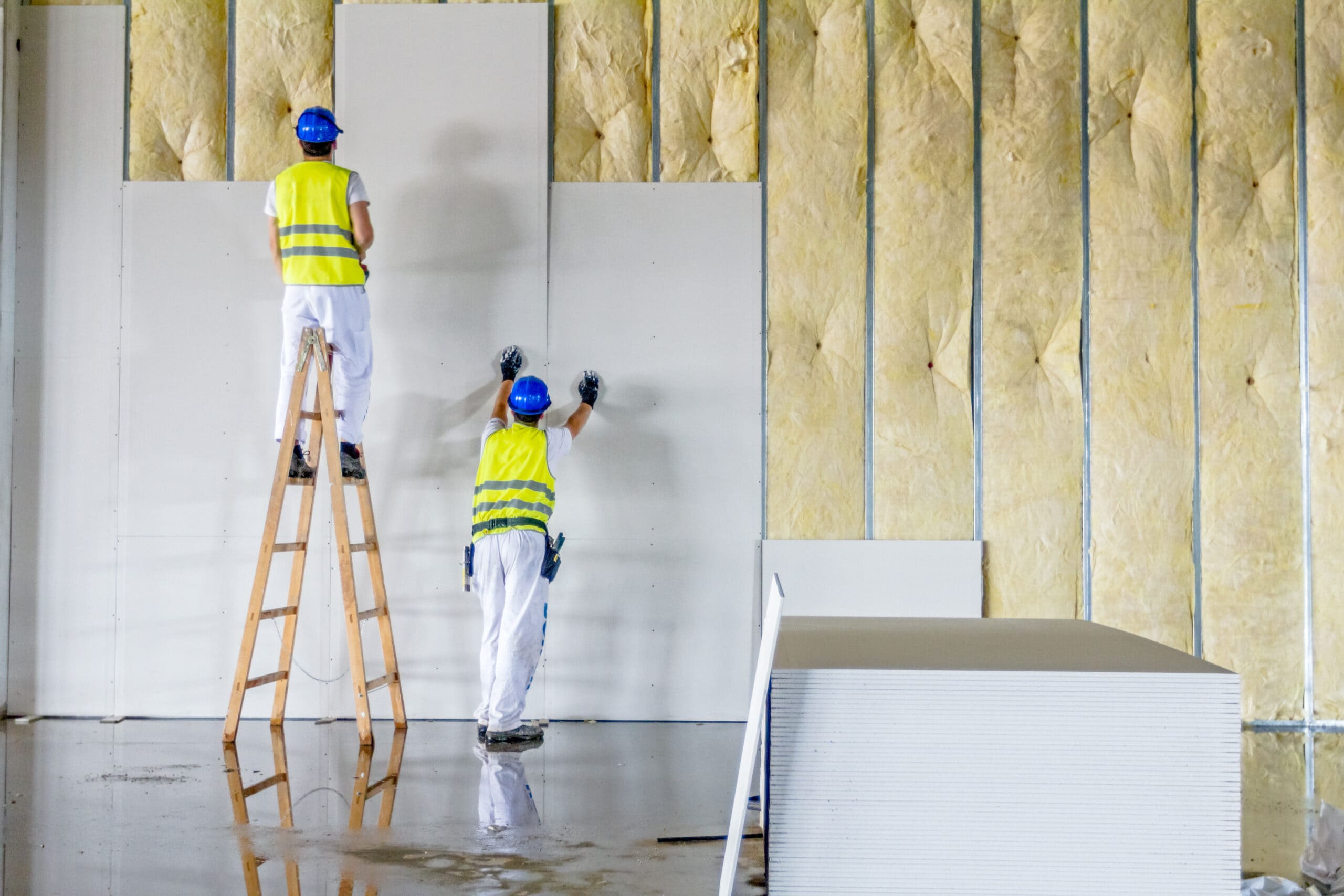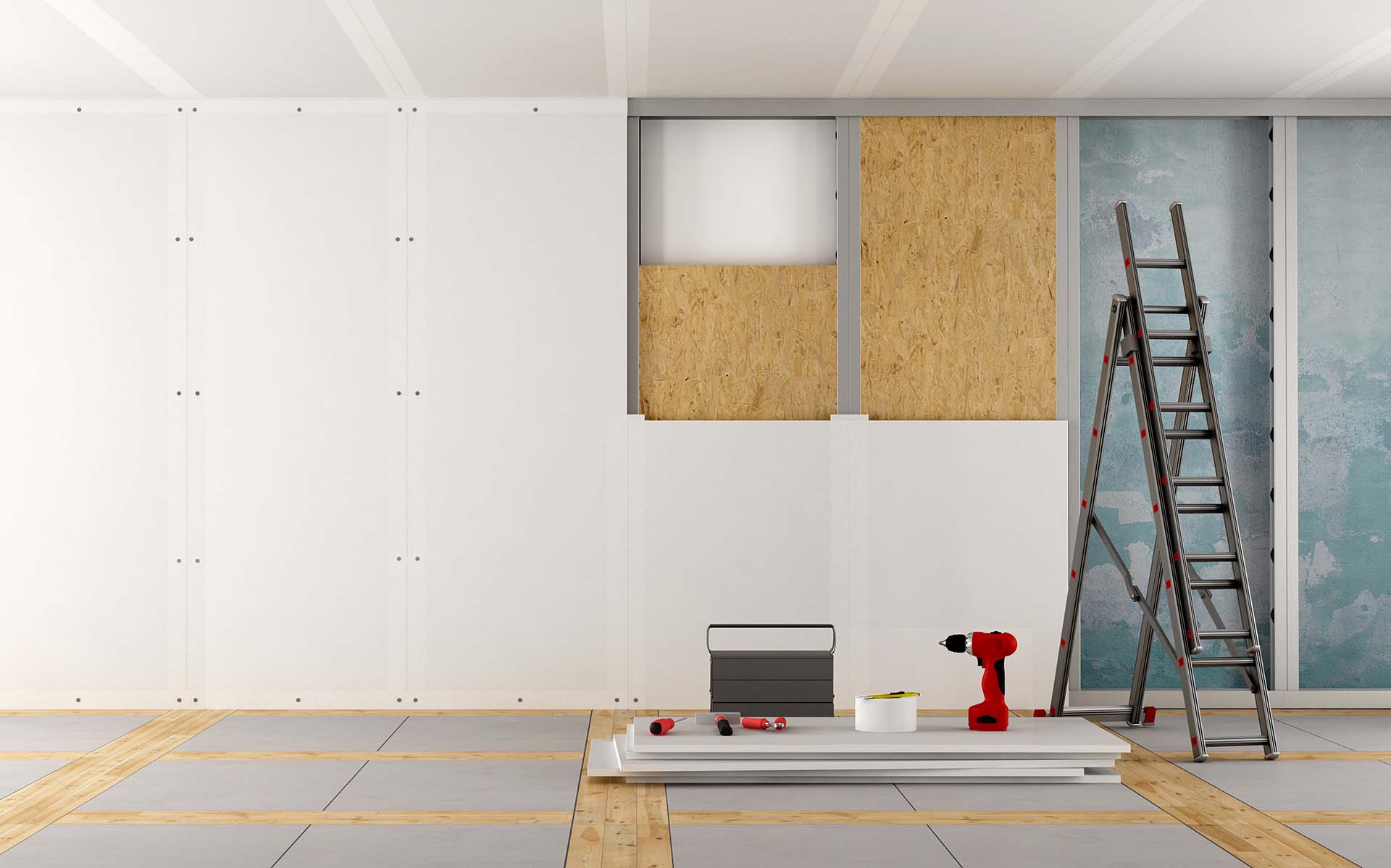Building projects often fail because people misunderstand what a gypsum board system really is.
A gypsum board system is the combination of gypsum boards and their supporting components such as framing, fasteners, and finishing materials, designed to meet specific performance goals.

Gypsum board systems are not just flat boards. They include a complete set of parts that work together. Depending on the project, there are five main types: standard partition systems, ceiling systems, fire-rated systems, acoustic control systems, and moisture-resistant systems. Each uses specially designed boards and matching accessories to achieve the desired structural strength, safety, or comfort. I have seen contractors fail to get the intended performance because they treated the board as a one-piece product, ignoring the need for integrated design.
How to increase gypsum board strength?
Weak gypsum boards can fail under pressure, causing costly repairs and delays.
You can increase gypsum board strength by adding fiber reinforcements, optimizing board density, improving core design, and adjusting framing spacing.

Strength improvement starts with understanding the material. Fiber reinforcement, such as glass or polymer fibers in the core, can raise bending strength by up to 40%. Carbon fiber achieves even more but increases costs. Adjusting density through manufacturing controls makes boards stronger under compression. Composite “sandwich” designs, replacing traditional paper facings with glass fiber mats, boost tensile strength and resist moisture better. Seam strength matters too: reinforced joint compounds and mesh tapes, applied carefully, reduce cracking. Framing spacing is often overlooked; reducing it from 24 to 16 inches can improve support by 30%.
Here is how these methods compare:
| Method | Strength Increase | Cost Impact (%) | Other Benefits |
|---|---|---|---|
| Glass fiber core | +35-40% | +10-15 | Better bending resistance |
| Polymer fiber core | +30-35% | +8-12 | Lightweight improvement |
| Carbon fiber core | +50-60% | +30-45 | High impact resistance |
| Density optimization | +25% | Minimal | Better compression resistance |
| Sandwich structure | +50% | +20-25 | Improved moisture resistance |
| Joint reinforcement | +45% at seams | +5-7 | Reduced cracking risk |
| Framing spacing: 24" → 16" | +30% system-wide | Minimal | Better load dispersion |
What is the chemical composition of gypsum board?
Some projects fail because people ignore the chemical makeup that drives performance.
Gypsum boards are mainly made of calcium sulfate dihydrate, with fiberglass or paper fibers, adhesives, stabilizers, and additives for moisture or fire resistance.

The typical gypsum board core is 92–94% calcium sulfate dihydrate (CaSO₄·2H₂O). This material naturally contains water molecules, which help create its solid network when processed. Around 2–3% is fiber material, usually cellulose from recycled paper or special fibers, that binds the board and adds toughness. Additives such as starch provide adhesion between gypsum crystals and the paper facing. Stabilizers improve durability. Moisture-resistant boards include silicone-based additives, up to 3%. These changes in composition directly affect properties like fire performance: when exposed to heat, the water content is released as vapor, slowing heat transfer and buying valuable time during a fire.
| Component | Typical Percentage | Purpose |
|---|---|---|
| CaSO₄·2H₂O (gypsum) | 92-94% | Main structural and fire resistance |
| Paper fibers | 2-3% | Strength, flexibility |
| Additives, stabilizers | 1-2% | Durability, performance stability |
| Starch or binders | 0.5-0.7% | Core-to-surface adhesion |
| Silicone resin | 0-3% | Moisture resistance |
How to maintain gypsum board?
Gypsum boards lose performance fast when poorly maintained.
Maintain gypsum boards by controlling humidity, updating surface finishes, repairing damage promptly, and checking high-risk areas regularly.

Humidity control is the most critical step. Indoor humidity between 30–60% keeps board strength intact. Prolonged exposure above 70% causes a drop in strength, sometimes by 25%. Surface protection must be renewed every few years. Quality acrylic primers and paints form a moisture barrier and help with aesthetics. When damage occurs, the size of the break determines the method: small holes can be patched with joint compound, while larger damage requires replacement. I follow a quarterly inspection schedule, focusing on wet areas, mechanical spaces, and heat-heavy zones. This approach finds problems early. Specialized boards in medical or high-traffic spaces may need extra antimicrobial or impact resistance, and green building projects may favor recycled material boards for reduced carbon footprint.
| Maintenance Step | Frequency | Benefit |
|---|---|---|
| Humidity control | Continuous | Prevents strength loss |
| Surface finish renewal | Every 5-7 years | Moisture barrier, better look |
| Damage repair | As needed | Restores original strength |
| Quarterly inspections | 4x per year | Early detection of problems |
| Specialized upgrades | By project needs | Fits unique demands |
Conclusion
Gypsum board systems work best when chosen for the right needs, strengthened with proven methods, and maintained with discipline.
